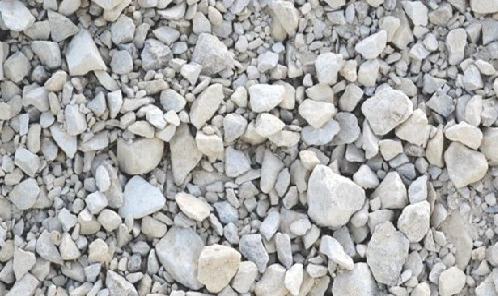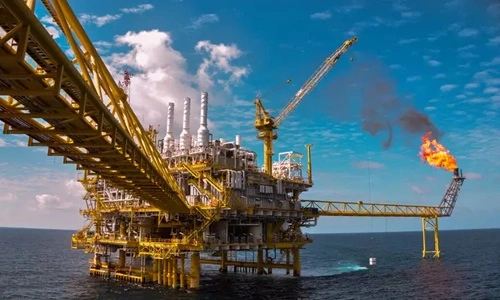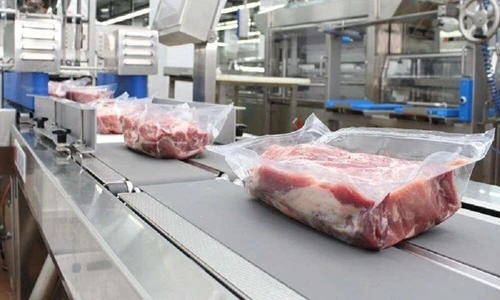Limestone is actually one of the minerals that is found in abundance in the Indian subcontinent. The main use of limestone is actually in making glass as well as cement, and without this mineral, these industries can very much collapse. But thankfully, there is no shortage of limestone in India, and that is only because there are huge reserves in particular states of the country. And today, we are here to talk about the top 5 major limestone-producing states in India as of 2024. So, let’s see which state contributes the most to limestone production in the country. Here we go.

1. Rajasthan
Rajasthan proudly leads the pack in India’s largest limestone production, significantly boosting the country’s overall output. In 2019-20, Rajasthan contributed to a massive jump of 72,375,000 tonnes of limestone. Most of the limestone produced in Rajasthan powers its cement industry and hence is an essential ingredient to this manufacturing. Exploitation aside, this limestone finds use in the steel industry where it acts as a flux and the chemical industry isn’t spared either. All in all, the Rajasthan crystalline limestone is considered superior for use as a decorative material, from sophisticated flooring to creative installations.
2. Madhya Pradesh
Doing it big in the limestone scene of the country, Madhya Pradesh tops with a production of 46,969,000 tonnes in 2019-20. Major reserves lie in Katni, Satna, Rewa, and Neemuch areas. Cement manufacturing is the main gig that swears by limestone from Madhya Pradesh, that’s why there are so many major cement plants here. Big players in industries like cement, such as UltraTech and ACC, add to the limestone extraction and production in the state, cementing its role as one of the major suppliers of limestone in India.
3. Chhattisgarh
Chhattisgarh is also one of the major producers of limestone. The state produced 42,699,000 tonnes in 2019-20. The reserves of limestone are found in the districts of Raipur, Baloda Bazar, Durg, and Janjgir-Champa in Chhattisgarh. Again, cement manufacturing is the major game for Chhattisgarh’s limestone. As such, quite a number of leading manufacturers of cement, like Century Cement and Ambuja Cement, have also installed their units here to make optimum use of the rich reserves of the state.
4. Andhra Pradesh
Andhra Pradesh is a key player in India’s limestone production, with a production of 42,535,000 tonnes in 2019-20. Here, the distribution of limestone is largely within the districts of Kadapa, Anantapur, Kurnool, and Guntur. And yes, many major cement plants are located within Andhra Pradesh, including those of Dalmia Cement and The India Cements Limited. Besides the cement industry, limestone is also a key raw material for the paper, sugar, and steel industries.
5. Karnataka
Karnataka is a significant player in India’s limestone production, with a production of 34,228,000 tonnes in 2019-20. In this state, limestone reserves are largely available in Kalaburagi, Bagalkot, Belagavi, and Chitradurga districts. Again, big plants for the manufacturing of cement are located in this state, such as UltraTech Cement and Dalmia Cement, and that’s only because of the huge limestone reserves scattered in the big portion of the state.
FAQs
Q1. What is limestone primarily used for in India?
Ans: Limestone is utilized primarily in the production of cement. It is also an important raw material in the production of steel, and many other industries including paper, paint, rubber, glass, and plastics.
Q2. How does limestone form?
Ans: Limestone is formed in two ways: Limestone forms in two ways: from marine sediments (organisms’ calcium carbonate shells) and in caves (water evaporation leaves calcium carbonate deposits).
Q3. What are some unique types of limestone?
Ans: Limestone comes in various forms like travertine, tufa, chalk, coquina, oolitic, fossiliferous, and lithographic limestone, each with distinct characteristics and uses.
Q4. Is limestone equal to quicklime and slaked lime?
Ans: No. Limestone (calcium carbonate, CaCO₃) turns into quicklime (calcium oxide, CaO) when heated. Adding water to quicklime makes slaked lime (calcium hydroxide, Ca(OH)₂).
Q5. Can lime be used in agriculture?
Ans: Yes, this is used to crush limestone and make agricultural lime, which in turn neutralizes the acidity of the soil, making it better for the growth of crops and increasing the activity of the soil.

